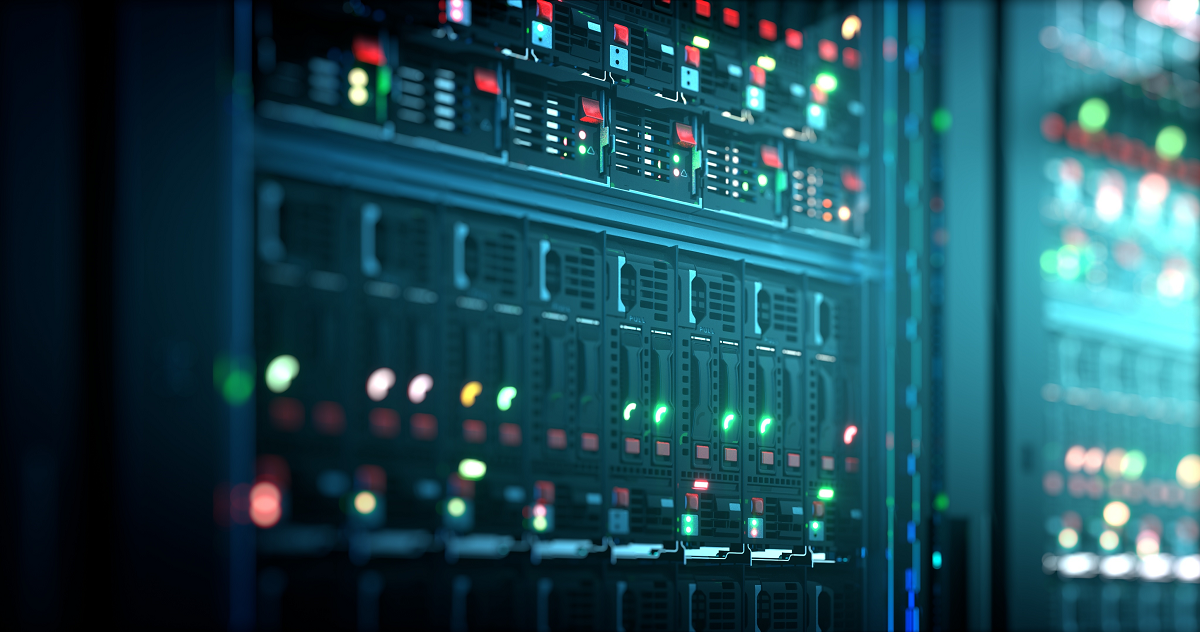AFCOM Data Center World: A Greater Focus on Redundancy and Resiliency15 min read

Data Center World was, once again, a success and a really fun event to attend. There have been some really fascinating developments in the data center world. None more so than the growth we’re experiencing as more organizations leverage the power of the data center for many of their most critical workloads and business applications.
During the keynote address, that I had the honor of delivering, we covered the AFCOM State of the Data Center report. And, that’s where we really saw the data center market booming. One of the most interesting and consistent findings from our report were the trends in data center facilities and growth. In fact, respondents expect meaningful increases in all data center measures over the next three years.
Data center growth definitely looks to be on the upswing mostly across the board. As the report indicates:
- Already, the average number of data centers (including remote sites and edge) is about 12. This looks to increase to 13 over the next 12 months and jumps to nearly 17 data centers over the next three years.
- Respondents indicated that more than 4 data centers will be built over the course of the next 12 months and nearly 5 more over the course of 3 years. This continues to be in line with our 2nd edition report.
In line with overall data center growth, we definitely saw a jump in the data center footprint. As our respondents indicated, the current overall mean square footage of all data center space was over 180,000 sq. ft. This jumped to about 240,000 sq. ft. over the next 12 months. The biggest leap comes in the three-year forecast. Our respondents reported that the average square footage over the course of three years will grow to more than 450,000 sq. ft. of overall data center space.
A big reason for this growth has been the decentralization of cloud as more companies pull their infrastructure into data centers and colocations. And, quite a bit of it has been going into some edge solutions as well. That said, in a world where outages and downtime are only growing more costly, a key topic revolved around redundancy and resiliency.
Uptime and Redundancy Are as Important as Ever
A recent Gartner post pointed out that the average cost of downtime is around $5,600 per minute. This average comes to around $300,000 per hour. Note, this is just an average. Some estimates can go as high as $540,00 or more! That said, it’s not just the cost you have to worry about. There’s also the impact on the customer, brand image, and the overall quality of the services you provide.
Not surprisingly, organizations continue to invest in solutions which help improve overall redundancy levels. The most common form of redundancy is N+1 for power. However, more are looking at other options as well. As our report indicates, respondents are likely to implement the following between now and the next 12 months:
- N+1: 91%
- N+2: 45%
How this compares to 2016/2017 – 2nd edition report:
- About 80% of respondents indicated that, for their power redundancy levels, they were at least at N+1 levels. Over the course of the next 12-36 months, about 30% planned to incorporate N+2 levels of redundancy.
How this compares to 2014/2015 – 1st edition report:
- In that study, we saw that at least 55% were leveraging N+1 power redundancy levels. Furthermore, from our past study, we learned that more than 58% indicated that they currently run, and will continue to run, at least N+1 redundant cooling systems.
Keeping data centers cool is also a clear priority. When it comes to redundancy levels of cooling, respondents are likely to implement the following between now and the next 12 months:
- N+1: 88%
- N+2: 46%
How this compares to 2016/2017 – 2nd edition report:
- 78% indicate that they had at least N+1 redundancy for cooling.
- 27% stated that they would leverage at least N+2 levels of redundancy over the course of 1-3 years.
All of this indicates a clear trend towards investing in data center redundancy and resiliency. Looking ahead, organizations will further take into consideration requirements around keeping their data centers up and running. Remember, this also includes things like airflow management and ensuring that backup systems can support your infrastructure, should there be a disruption. I’m pretty confident that the reliance on the data center platform will only continue to increase. All of this will place additional pressure on uptime. It’ll be critical to work with solutions that not only help you sleep better at night, but also support a growing digital ecosystem.

Bill Kleyman
Industry Analyst | Board Advisory Member | Writer/Blogger/Speaker | Contributing Editor | Executive | Millennial
Bill Kleyman is an award-winning data center, cloud, and digital infrastructure leader. He was ranked globally by an Onalytica Study as one of the leading executives in cloud computing and data security. He has spent more than 15 years specializing in the cybersecurity, virtualization, cloud, and data center industry. As an award-winning technologist, his most recent efforts with the Infrastructure Masons were recognized when he received the 2020 IM100 Award and the 2021 iMasons Education Champion Award for his work with numerous HBCUs and for helping diversify the digital infrastructure talent pool.
As an industry analyst, speaker, and author, Bill helps the digital infrastructure teams develop new ways to impact data center design, cloud architecture, security models (both physical and software), and how to work with new and emerging technologies.
0 Comments